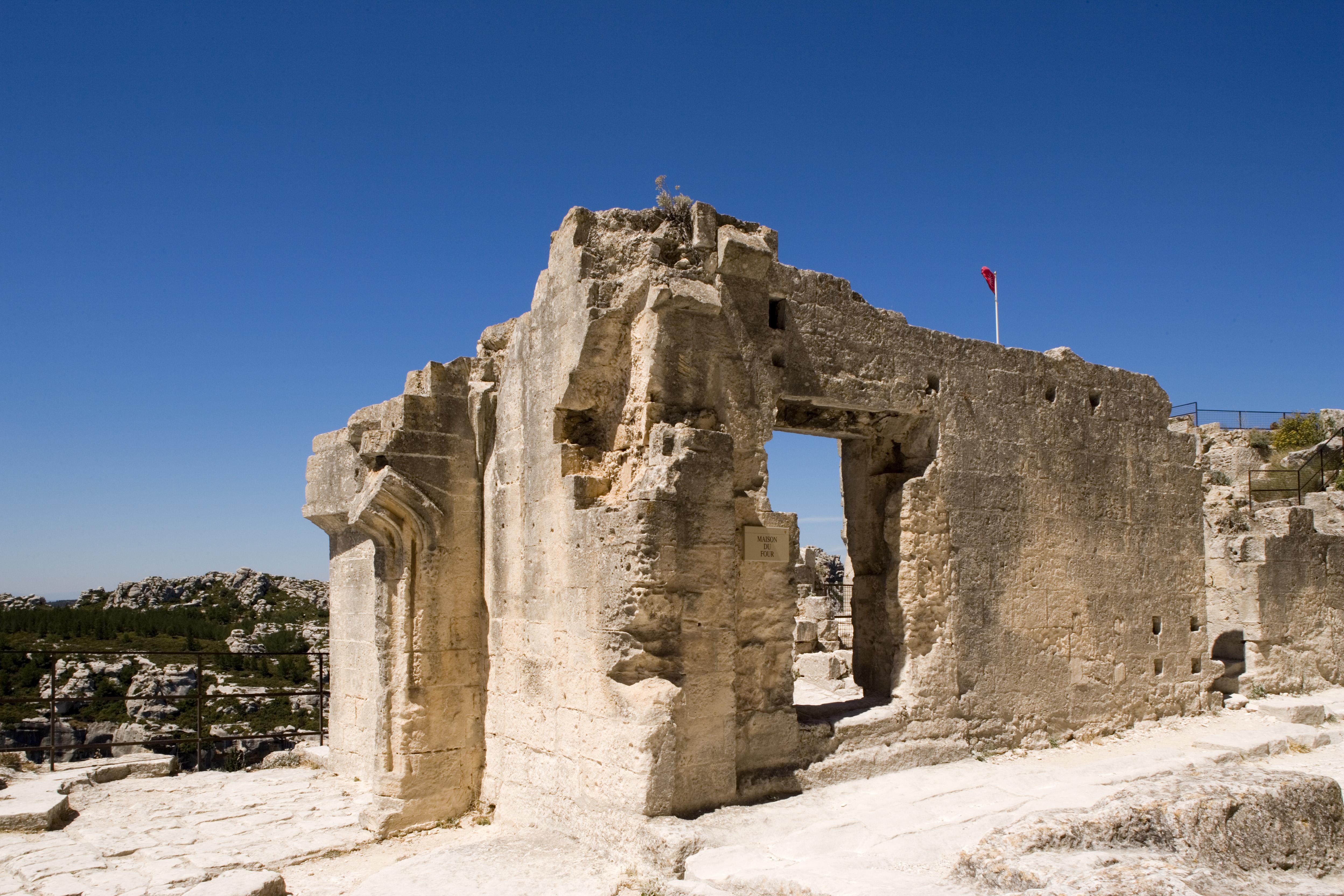The Maison du Four (Oven House)
Why is this place so important ?
There are traces of fine Renaissance ornamentation in the oven house. This area also provides some clues about daily life in the castle.
Bread was baked in the oven house, which comprised three ground-floor rooms. The oven was in the left-hand room, and a sink with a drainage hole on the right. A window that still has traces of its mullions overlooks the castle lane.
The first of the house’s three rooms has now become a terrace, which is, in fact, the open-air vestiges of this room.
In detail
 The cornice is ornamented with acanthus leaves, attesting to the high quality of the building’s Renaissance architecture. The acanthus leaf is an ornamental element that has been widely used in architecture since ancient Greece. The ornamental motif was inspired by leaves of the Mediterranean species of the Acanthus genus of plants.
The cornice is ornamented with acanthus leaves, attesting to the high quality of the building’s Renaissance architecture. The acanthus leaf is an ornamental element that has been widely used in architecture since ancient Greece. The ornamental motif was inspired by leaves of the Mediterranean species of the Acanthus genus of plants.
Did you know?
The oven house originally had two floors; this is evident from the remains of a stairway over the entrance door.
